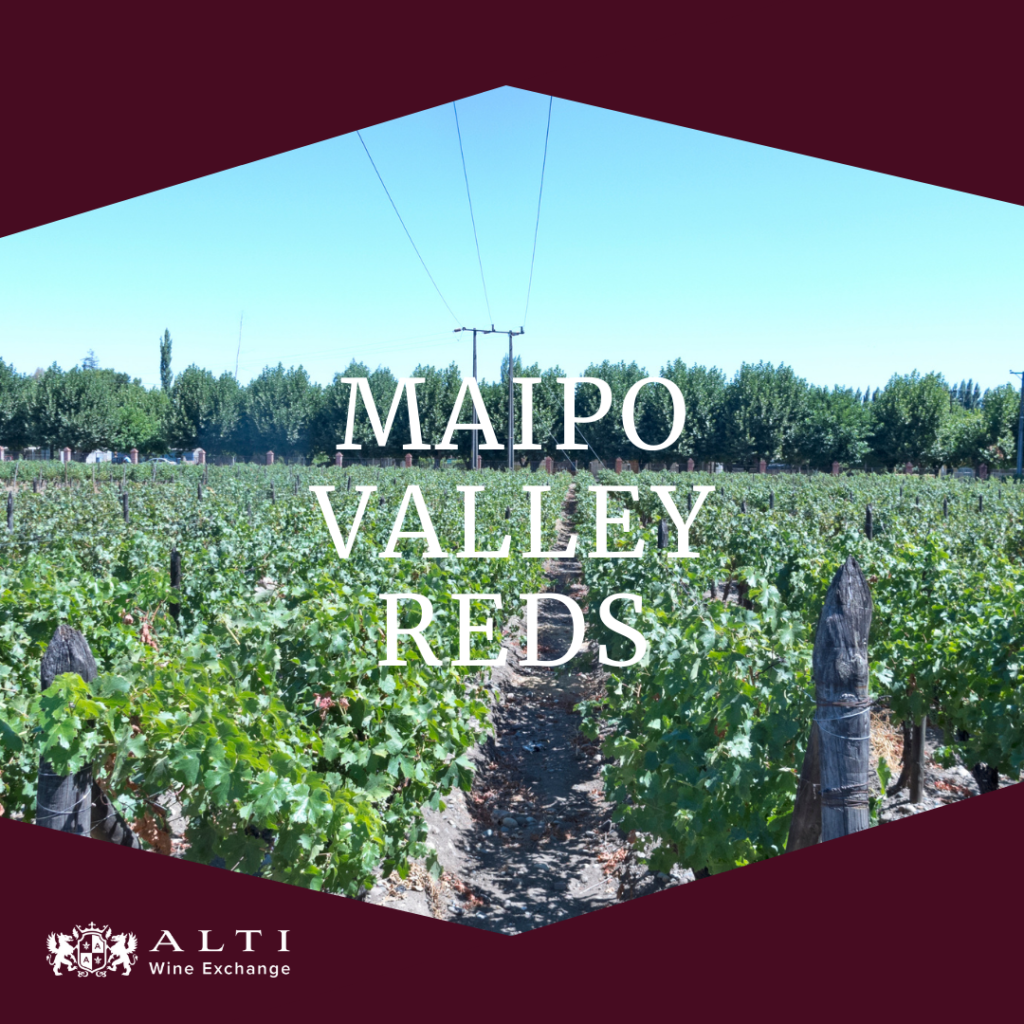DEAR READER,
I am again-and-again charmed by my readers’ curiosity! It reminds me of being a young sommelier, ready to take on the world one glass at a time. I know far too much to feel that way again—but at least I can experience a shred of it through you all!
Dear Sommelier Ferdinand,
Pardon me if this is too biologically minded, but it strikes me as peculiar that so many regions of the world are prolific wine producers. How can the same crop grow betwixt such a diverse myriad of climates? Forgive me if this query is better suited to an ecologist, or perhaps a historian. -Agnes
Oh my, what big words you have, Agnes! The better to mask your naivete, my dear!
Let’s begin at the most pressing of your concerns—my knowing the answer to your question. I always know the answer to every question, Agnes—that’s why I am so crowned and renowned around the globe!
But, you are onto something. It is remarkable how wine can be grown in so many distinct regions around the globe. This is the chief reason why wine has proliferated from a drink to an art form—all the variety has allowed us to experience new tastes, new terroirs, and new beauty. Globalization did us well in that respect if you ask me.
It’s the differences in climates that make farmers try out new growing techniques, which leads to fascinating new wines for us to share.
You seem curious, Agnes (definitely curious enough to hit the thesaurus), so let me tell you about a unique growing location: Maipo, Chile. Chile is the second biggest wine producing country in the second biggest wine producing continent, and its reds are to be reckoned with—because of the unique climate. See, Chile is the most isolated of wine producers; a desert to the north, mountains to the east, an ocean to the west, and Antarctica to the south. And so, Chile has been lucky enough to grow wines without interference from certain insects that plague Europe.
Without the insects to damage their grapes, Chilean farmers have less to worry about, and don’t need to go out of their way importing insect-resistant rootstock for their vines; they can just grow straight into the ground. And from there, Chile has been blessed with stronger grapes, capable of becoming world-famous reds in a remarkably hot climate. You may not read all these environmental factors on the bottle, but you certainly register them on your tongue, Agnes!
I hope I answered your question—and if Chilean wine stuck out to you, consider investing in a bottle of an internationally lauded Maipo Valley red: The Viñedo Chadwick 2010 .
Let me know how you like it, Agnes. And with shorter words next time!
-Sommelier Ferdinand. 17.11.21
